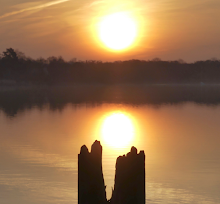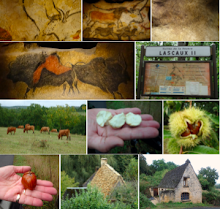Today began with a trip (in the coach) through the central part of Christchurch to view some of the areas devastated by the earthquakes in Nov. 2010 and Feb. 2011. Still about 8 years later, it is very depressing to see the awful damage that the city suffered.
The once beautiful cathedral (behind the statue) is still a semi-ruin but is due for at decade-long rebuilding. In the foreground is the founder of Canterbury, John Robert Godley. He fell off his plinth in the 2011 earthquake but got up again four years later.
We headed south on SH-1 and passed NZ's longest bridge over the 1.7km wide and very braided Rakaia River.
The turquoise coloured Lake Tekapo is just one of several big lakes at the foothills of the Southern Alps. Its colour is created by the rock flour (i.e. silt) suspended in its water, that has its source in the glacial meltwater in the Alps.
At the shore is the tiny but iconic Church of the Good Shepherd. Its interior is much photographed, but here is an alternative aspect of the alter piece.
At the neighbouring Lake Pukaki we were finally able to get a reasonably clear view of Aoraki (aka Mount Cook), NZ's tallest mountain looming in the distance.
Time for the right posture. As the Maori say: "If you must bow your head, then let it be to the lofty mountain, Aoraki".
We drove north on Lake Pukaki's west side to Mount Cook Village. En route, we caught a glimpse of the terminus of the 27 km long Tasman glacier, the biggest of the c. 100 glaciers in the Alps.
Here's the 3724 m high Aoraki to the right as seen from the village hotel terrace on an absolute gorgeous Sunday afternoon.
The summit is covered in eternal snow.
A breathtaking landscape that we will never forget !
The great (and tall) New Zealander, Sir Edmund Hillary, is commemorated in the Aoraki Village and the National Park's Alpine Centre is named after him.
The last stretch of road took us along vast cattle pastures in the Mackenzie Valley.
We passed very big flocks of grazing dairy cows on bright green and heavily irrigated fields; a quite unnatural part of the dry Mackenzie region.
. . .
We stay overnight in a motel in the hamlet of Omarama, which according to Maori knowledge is the first place to get the sunshine from any new day (being at a high elevation and so close to the date line). – I will check it tomorrow at dawn.





































